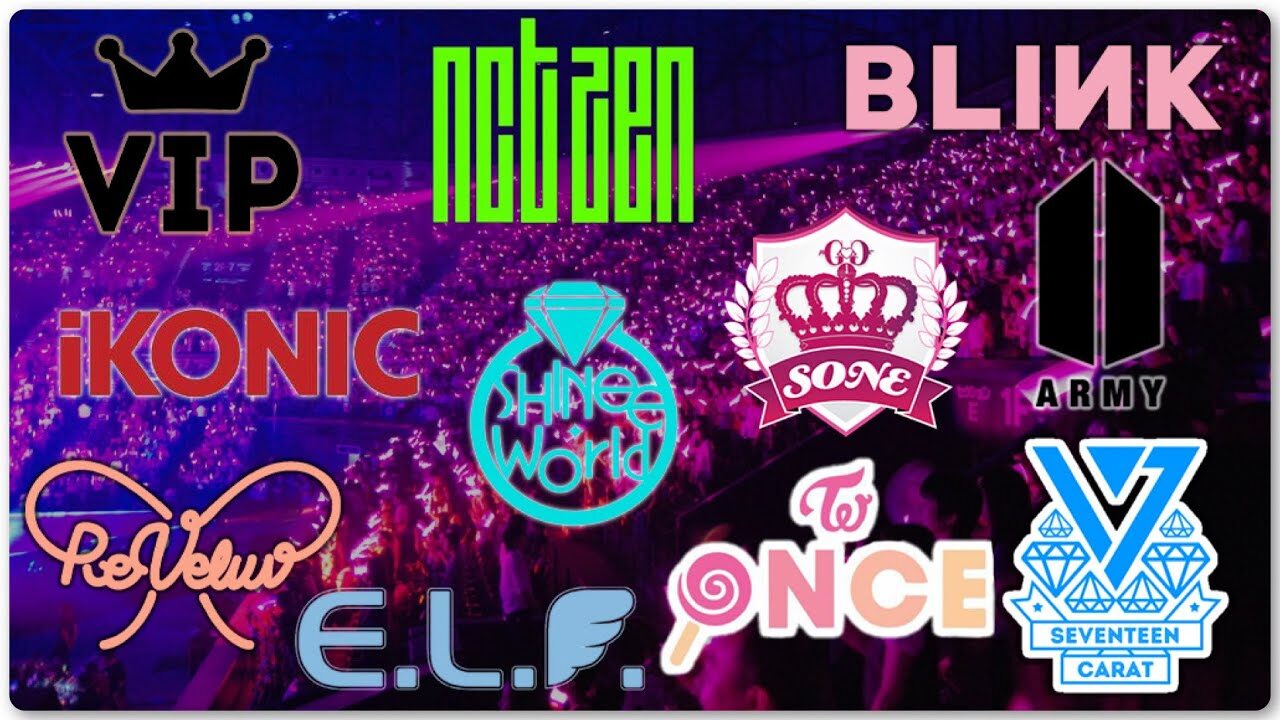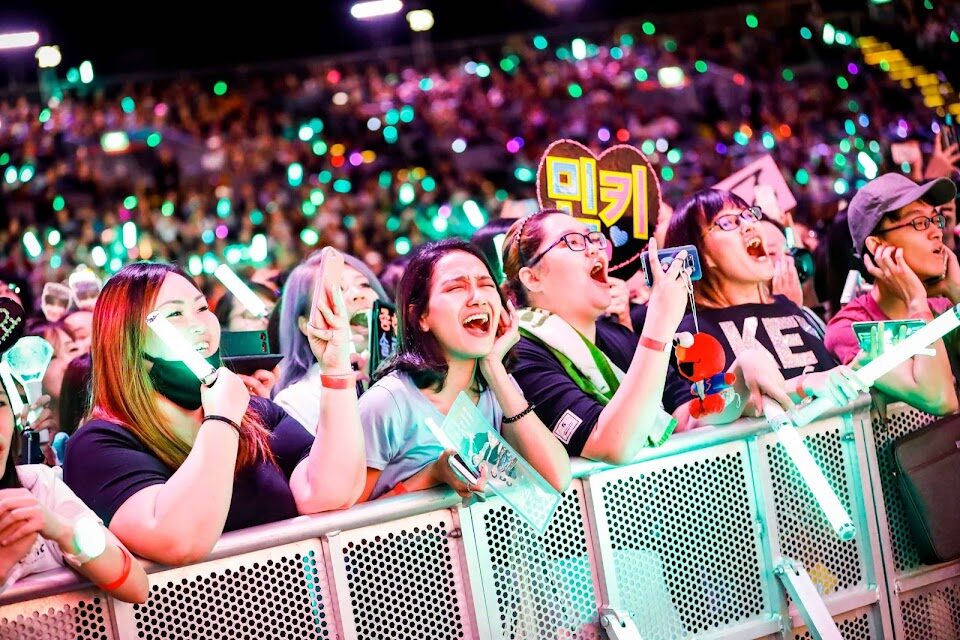
Introduction
The K-Pop phenomenon isn’t just about catchy music and synchronized dance routines; it’s also about passionate fans who have built vibrant online communities that play a crucial role in the genre’s global success. This dedicated “fandom culture” is more than just cheering at concerts; it’s a network of passionate individuals connected by their shared love for K-Pop music and artists. Let’s delve into the rise K-Pop “Fandom Culture” and Active Online Communities that fuel its dynamism.
From Fan Clubs to Global Networks
Traditional fan clubs have evolved into global online communities, transcending geographical boundaries. Platforms like Twitter, Facebook, and YouTube have become the breeding ground for K-Pop fandom activity, fostering communication, collaboration, and a sense of belonging among fans across the world. Imagine fans from different countries coming together to chat about their favorite groups, share content, and support each other – these online communities provide a platform for this global connection.
Content Creation and Fan Engagement

K-Pop fans are not just passive consumers, they are active participants. They create a wealth of content, from fan art and fan videos to detailed analyses and translations. This content not only fuels their own passion but also contributes to the wider K-Pop community by spreading awareness and engaging new fans. Think of it as a giant, collaborative effort where individual fans contribute their time and skills to further promote the music and artists they love.
The Power of Social Media and Fan Projects
Social media has become a powerful tool for K-Pop fandoms. Fans leverage platforms like Twitter to trend hashtags, organize streaming parties, and support new releases. These coordinated efforts can propel K-Pop artists to new heights, garnering international attention and breaking records. Imagine millions of fans using their collective energy to support their favorite groups – that’s the power of K-Pop fandom culture in the digital age.
A Sense of Community and Shared Identity

K-Pop fandom culture goes beyond just liking music; it provides a sense of community and shared identity. Fans connect with others who share their passion, fostering friendships and creating a sense of belonging. This supportive environment can be especially valuable for young people navigating identity and seeking connection. Imagine finding a group of people who understand your passion and share your enthusiasm – that’s what K-Pop fandom communities offer to many fans.
Cultural Exchange and Appreciation
K-Pop fandoms can act as bridges connecting different cultures. As fans delve deeper into the genre, they are exposed to different languages, customs, and traditions. This cultural exchange fosters appreciation and understanding, breaking down stereotypes and promoting awareness of different perspectives. Imagine learning about Korean culture through K-Pop; this is just one example of how fandoms can contribute to cultural exchange.
The Positive Impact of Fandom Culture
While there can be negative aspects to any online community, K-Pop fandoms often demonstrate the positive power of online connection. Fundraising initiatives, volunteer work, and social activism are just some ways fans use their collective power to make a difference. Imagine fans coming together to support a worthy cause, inspired by their shared love for K-Pop – that’s the positive impact these communities can have.
Conclusion
K-Pop fandom culture is a powerful force that has played a significant role in the genre’s global success. It is a testament to the passion, creativity, and dedication of K-Pop fans who have built vibrant online communities that transcend borders and languages. As K-Pop continues to evolve, one thing remains certain: the passionate fans and their active online communities will continue to be a driving force in the genre’s future.
Disclaimer
This article is for informational purposes only and does not constitute professional advice or endorsement of any specific show or character. While efforts have been made to ensure accuracy, please confirm details and availability of resources individually before relying on them.
You May Also Like…
- 10 Keys to Composure When Life Gets Wild
- Nutrition Counseling and Support for Weight Management Success
- Hot Swimsuit and Bikini For Beach Outing
- Tech Replacing Staffs In The Banking Industry
FAQs
1. Are there any downsides to K-Pop fandom culture?
While mostly positive, K-Pop fandom culture can sometimes have downsides, such as toxic behavior, excessive online negativity, and unhealthy competition between fandoms. However, it is important to remember that these negative aspects do not represent the entire community.
2. How can I get involved in the K-Pop fandom community?
There are many ways to get involved, such as joining online communities dedicated to your favorite K-Pop groups, participating in fan projects, and attending local events. Remember, be respectful and positive in your interactions with other fans.
3. What are some other terms used to describe K-Pop fan communities?
and “fandoms.” These terms all generally refer to online communities of fans who share a common interest in K-Pop artists and music.
4. How can I ensure my experience with K-Pop fandom culture is positive?
Focus on enjoying the music and connecting with like-minded individuals who share your passion. Be respectful of others, avoid negativity, and remember that K-Pop should be a source of joy and community.
5. What are some resources available to learn more about K-Pop fandom culture?
There are numerous online resources available, such as K-Pop news websites, blogs, and social media communities dedicated to exploring different aspects of fandom culture. Additionally, documentaries and other media exploring the K-Pop phenomenon can offer valuable insights.


